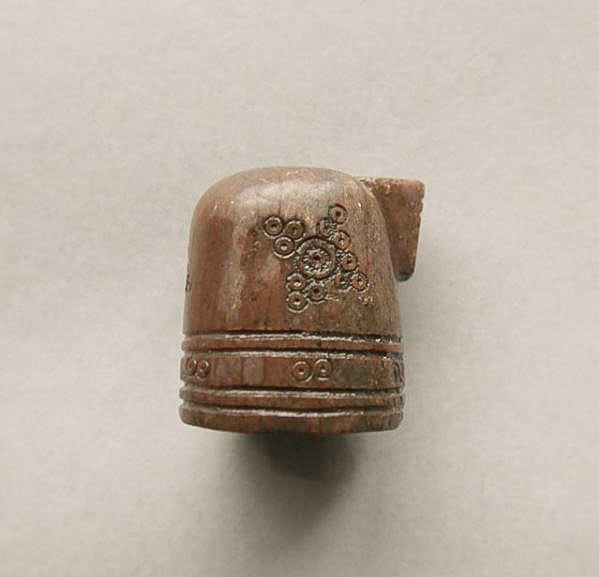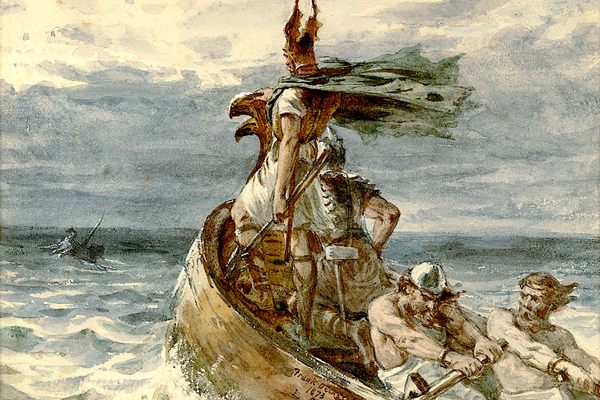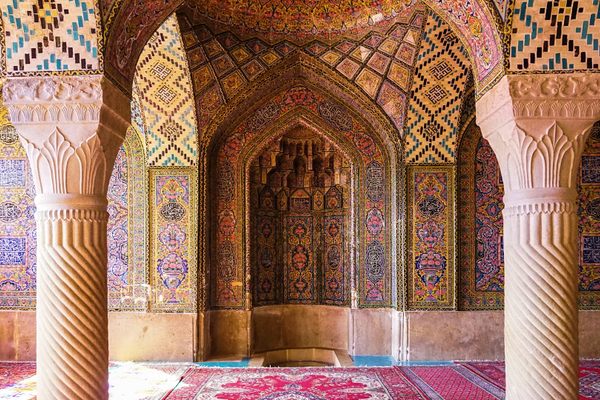Found: An 800-Year-Old Chess Piece
A medieval knight from Norway with Islamic-inspired patterns.

In fall 2017, the Norwegian Institute for Cultural Heritage Research (NIKU) started digging a medieval site in Tønsberg, a town founded during the Viking period and now considered to be Norway’s oldest. Among the artifacts unearthed so far, including ceramics, metal, combs, and antler, was a chess piece dating to 800 years ago. The piece, an inch wide and a little over an inch tall, is further distinguished by the circular designs engraved on it, which are typical of artifacts from the Islamic world.
“The design of the piece has an abstract shape, and is designed according to Islamic tradition, where no human figures are to be depicted,” said NIKU archaeologist and excavation leader Lars Haugesten in a press release.
Chess originated from strategy games played in India as early as the third century. The earliest written reference to the game comes from Persia—“checkmate” derives from the Persian “shah mat,” or “the king is frozen”—around the middle of the sixth century. Chess spread westward from there, reaching all of Europe by about 1000. The rules took the form we know today around 1475.

Comparison of this rather abstract antler piece with ancient Persian game tokens suggests that it represents a horse—what we call a knight today. Archaeologists don’t yet know whether the motifs on the piece were made in the Islamic world or merely inspired by it.
Medieval chess pieces have previously been found in Norway, including some engraved with similar designs, but this is the first from this part of southern Norway. “No previous archaeological finds from Tønsberg have such details,” Haugesten added, “which emphasizes that this chess piece is a unique object.”












Follow us on Twitter to get the latest on the world's hidden wonders.
Like us on Facebook to get the latest on the world's hidden wonders.
Follow us on Twitter Like us on Facebook